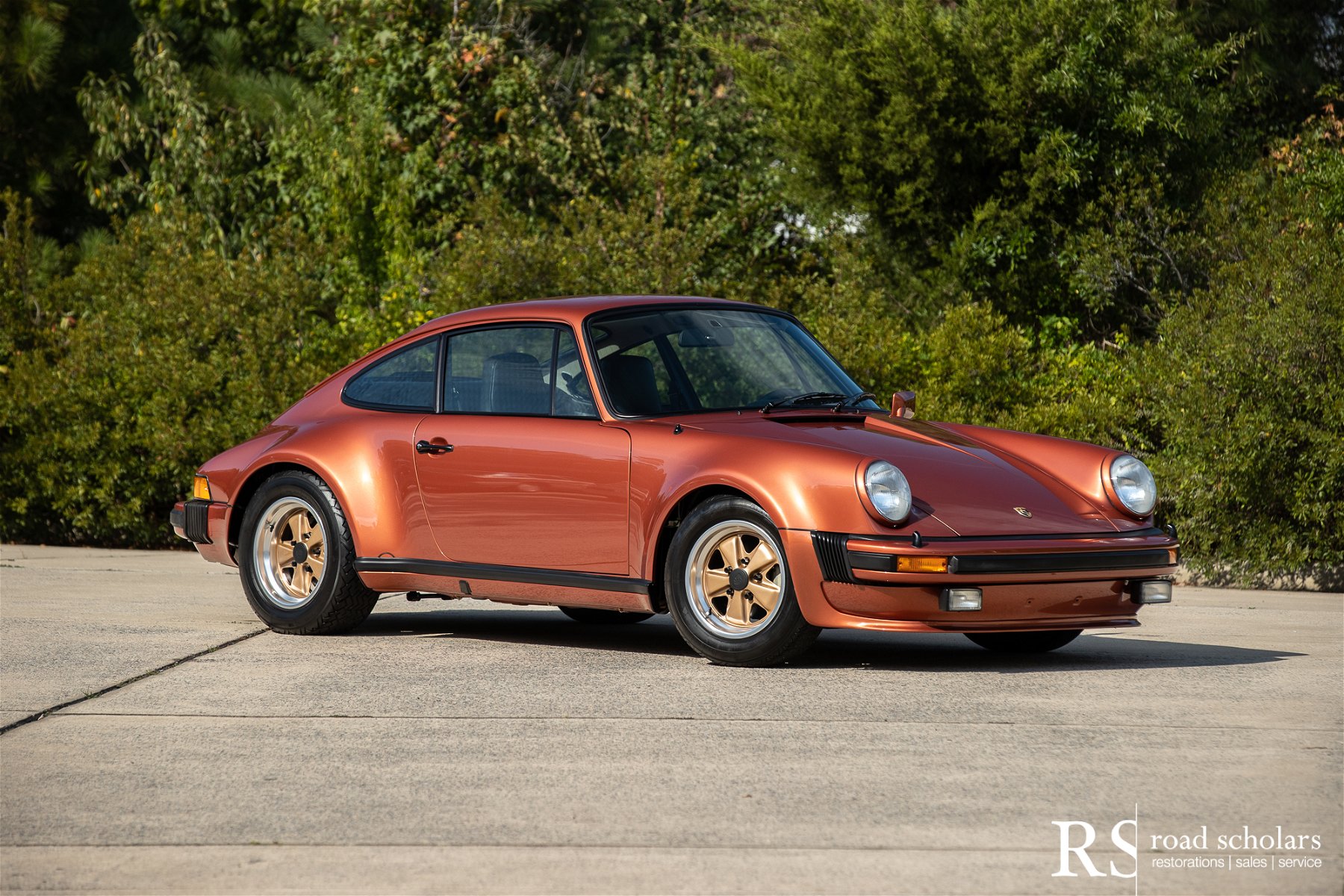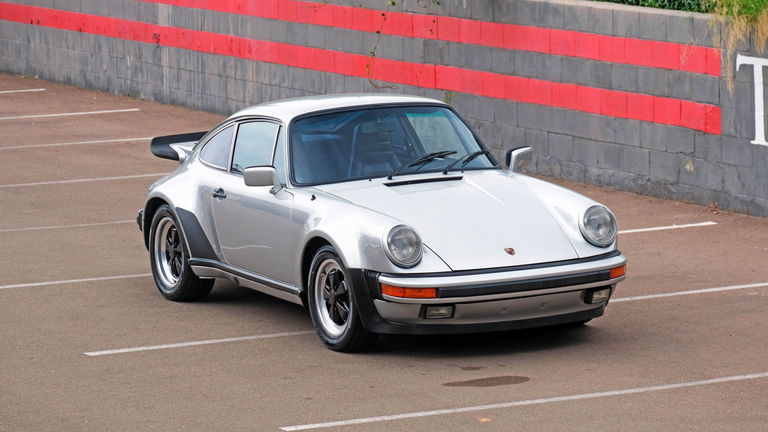The price of crude oil reached astronomical levels, and the limited availability of fuel led to long lines and intense rationing. This, of course, adversely affected automakers around the globe, particularly performance cars whose thirsty, high-displacement engines demanded copious amounts of fuel. While the embargo lasted for less than a year, its effects lingered for nearly a decade. Many automakers quickly turned to reduced displacement and horsepower in search of efficiency, Porsche was the only automaker to release a true supercar during this period in the form of the 911 Turbo. Turbocharging offered a clear advantage for Porsche- it offered the ability to produce more power and torque on demand while remaining reasonably efficient under normal driving conditions.
Prior to the embargo and well before a road-going turbocharged 911 was even a consideration, Porsche had been secretly developing a turbocharging package to increase the power of the 917’s 12-cylinder engine to be competitive in the Can-Am series in North America. With engine designer Valentin Schäffer and engineer Hans Mezger’s turbocharging package a clear success, it was clear that it was a pathway to move forward in competition for Porsche, and the Porsche set its sights to develop a 911-based contender for Group 4 and 5 racing.
Porsche’s management immediately ordered that 400 of the Typ 930 be put into production to satisfy the F.I.A.’s homologation requirements so that Porsche could enter into Group 4 competition with the new 934 Turbo RSR and deliver them into the hands of waiting privateer racers. Contrary to Porsche’s Marketing Department’s concerns about the demand for such a car, the new Turbo was met with positive praise and unexpected demand.
In the period, its performance was stunning- 0-60 mph in just 6 seconds and 0-100mph in 13.1 seconds, and a top speed of 155mph put it firmly in the supercar category and in a position that no other auto manufacture at the time could rival. It was not only the fastest production car Porsche had ever produced, but it was also the fastest production car of any manufacturer around the globe at the time. Its performance, matched with its 50mm wider rear fenders, 7” and 8” wide Fuchs wheels with wheel spacers, a distinctive front air dam, and whale tail spoiler gave it an exotic, aggressive appearance to match its capabilities.
RoW market Turbo first rolled off the production line to their expectant new owners in October of 1975. H-Series cars from 1975 are easily identifiable with their body color painted flag mirrors and spartan interiors without double door panel stitching or center console. As weight-saving measures, many of these 1975 models were ordered with no sunroof or air conditioning. They were also the lightest of the 930 models which Porsche listed at 2,514 pounds. As a result, these early H-Series have a lighter and more responsive feel than any other variant of the 930. Porsche went to great lengths to ensure quality control on the early 3.0 Turbos- each and every 930 received a dyno test and thorough road test before being delivered to the dealer.
This 1975 911 Turbo, chassis 0162, was configured by its first owner in an unusual fashion. Import taxes on performance cars were extremely steep, and this 930’s first owner devised a plan to circumvent them- he requested the deletion of the rear wing and model designation at the rear in order to import and register the 930 as a Carrera T, and avoid the additional charges in the process. He approached his Porsche Importer in Spain, and Porsche agreed to his request. He specified Salmon metallic paint with the wheel centers painted in contrasting Gazelle metallic and a black interior with Copper-red carpeting in place of the standard black. Additionally, a special Bamberg radio was specified, a limited-slip differential, sport seats, Pirelli P7 tires, and deletion of the air conditioning system. A special one-off fiberglass front apron was constructed by the Porsche Design Studio. It left the factory with 263 horsepower as recorded on the results of its dyno test.
Beginning in 2015, Road Scholars performed a meticulous Concours restoration. In order to better understand the nuances of the mid-year production impact bumper cars, original RoW 1975 Turbos were studied in person to ensure authentic replication of the processes and construction methods during the restoration. This included sourcing the correct date-coded turn signal lenses, performing the specific mid-year factory overspray practices, using only the correct date-stamped parts (Fuchs wheels, Bilstein shocks, aluminum cross members, etc.), correct aluminum valve stem supports, correct Space Saver tire, factory inspection marks, front single-piece S-type aluminum ATE brake calipers, correct yellow zinc plating, original German hardware for the complete car, “banana style” aluminum trailing arms, correct decals, determining correct parts for the earlier 930/50 engine and exhaust system- just to name a small portion of the details that went into returning chassis 0162 to its state as it left the factory.
This unique example of the first year, H-series Turbo represents a milestone in Porsche’s history and a true homologation special- one which allowed Porsche an entry into F.I.A. Group 4 racing with the 934 Turbo RSR.
Highlights:
- Meticulous four-year Concours restoration performed by Road Scholars
- Numbers Matching example
- Ordered new from the factory with rear-wing delete, air-conditioning delete, and model designation script delete.
- Blaupunkt Bamberg radio
- Limited Slip Differential
- Pirelli P7 tires
- Unique color combination of Salmon metallic with contrasting Gazelle metallic wheel centers and a black interior with Copper-red carpeting.
- Featured in issue 13 of 000 Magazine


























































































































